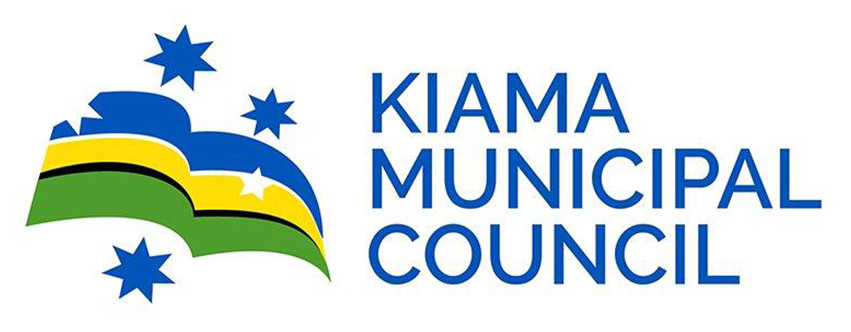In March 2017, eighty five NPL clubs gathered in Melbourne to discuss the implementation of a national 2ND Division for men and women, lower costs for youth players and coaches seeking accreditation, the provision of better facilities, and other critical matters to increase the financial viability and long term future of the game.
The birth of the AAFC (Australian Association of Football Clubs) emerged from these meetings and the first Chairman elect was Rabieh Krayem, the former CEO of the defunct A-League club, Northern Quuensland Fury.
Recently in Sydney, the AAFC conducted meetings with officials from FIFA, the AFC, FFA and other stakeholders to chart their progress.
In this interview with Roger Sleeman, Rabieh Krayem discusses the main objectives of the AAFC and how the organisation can contribute to a positive change in the current landscape of Australian football.
ROGER SLEEMAN
Northern Queensland Fury lasted only two seasons in the A- League.
Why did they fail?
RABIEH KRAYEM
Originally, the licence was owned by Don Mathieson, a local businessman, who invested between five and eight million dollars into the club before moving on.
The licence was taken over by the FFA and a local community group with an excellent model was created.
However, the FFA withdrew its support and took the licence back which naturally had a retrograde effect on local football.
The FFA’s investment was approximately ten million dollars but when the World Cup bid failed, they pulled the licence.
The sad fact remained, was why would they invest so much and not support the continuity of the club?
Over time it would have worked because there is a football culture in the region, especially at grassroots level.
The end of the club highlighted the disconnect between the A- League and local structures.
Critically, to grow the game nationally, there has to be an A- League club in North Queensland in the short to medium term.
R.S.
You have a strong track record in sports administration.
After the Fury experience, why would you become involved again in a game which is controlled by a bureaucratic governing body which employs people who predominantly have no background in it?
R.K.
The FFA will always be there and if you look at personal issues, you lose focus.
The office of the FFA must be respected as they are the governing body, even if you don’t agree with them.
Nevertheless, under Frank Lowy the game has made progress but a good leader should recognise change and it just hasn’t happened.
There are many good people in football who are asking for further change since the Crawford Report.
The challenge is, I’m working with a group of people in the AAFC who believe they can affect change and take the game to the next level.
R.S.
The A- League is losing crowds and TV ratings at a significant rate.
How can a 2nd Division prosper?
R.K.
We have to convert grassroots football supporters to support the senior game which is a generational support.
The kids watch and support overseas teams.
People must be convinced the product is good enough and relate to the players or have some link with a club.
At the moment there is a distinct lack of opportunity for 16-18 year old kids to play at senior level.
The creation of a second tier is about providing opportunities for young players to progress in the game.
We’re creating robots based on a curriculum, and training players the same way. Players should be given freedom to express themselves and long term opportunity to succeed.
Furthermore, while coaching licence fees are prohibitive, fewer coaches will enter the game.
During the last five years in North Queensland, the standard has risen dramatically which can be attested to by the u/17’s of today who started with an opportunity at the age of twelve.
R.S.
You met with AFC and FIFA officials in late February.
How did those meetings pan out?
R.K.
We had been in dialogue since March, 2017 and met with them in August, 2017.
They understand we don’t just represent the formation of a 2nd Division and have indicated how more revenue can be generated from the game to reduce the costs for kids.
When you consider NPL clubs currently spend fifty five million a season, we need to find ways to bring more revenue to the game.
Importantly, our organisation is recognised and we will keep the communication flowing as we maintain our dialogue with the FFA and the state federations.
R.S.
Your platform for a 2nd Division, lower fees, national strategic roadshows and better playing facilities is clearly espoused.
Is the message getting across to the stakeholders?
R.K.
Eighty five clubs went to Melbourne this time last year and that’s how the AAFC was formed.
We meet and communicate with the clubs and State Federations constantly and there’s no agenda. We give them the chance to outline their issues in the game, for after all the agenda is driven by the clubs, not our committee opinions.
Now that the AFL is looking at using rectangular stadiums, there will be a greater demand for facilities so a unified approach is required by the football community to liase with government to acquire better grounds.
R.S.
The AAFC has engaged Nous Group Consulting Company as independent experts to advise on strategy.
The administration in the past, notably the FFA, has used similar consultant companies at considerable cost, with no result.
Their biggest failing is they have no knowledge or background in the game, so why would you go down the same path?
R.K.
It’s not what they know about football, it’s what they can bring to the game.
They are an independent, professional organisation which is one of the biggest in the country and they do the work on a pro bono basis because our committee is also made up of volunteers.
R.S.
How can they add value when they’re not being paid and have no background in the game?
R.K.
We’re very happy with what they’re doing.
R.S.
Is 2019-20 too short a time frame to start a 2nd Division, and how would it be formatted?
R.K.
We had to set a timeline or it won’t happen.
We have a blue print, a timeline and if things need to alter, the process will either be locked in or it will change.
R.S .
Where will the crowds come from?
R.K.
Crowds will support the competition if you create rivalry and the existing clubs from the NPL who participate will bring their history and support with them.
Remember, the FFV and FNSW are both positive and proactive about a 2nd Division.
Other State bodies may take longer but they do see the benefits.
It’s a matter of seeing why it can happen, rather than why it can’t but admittedly, financial stability is critical.
R.S.
How can you compete with cricket, especially Big Bash, and the A- League during the summer months?
R.K.
If you look at the game as a whole, summer football is a good thing and we’re too worried about other sports and not our own.
The match times won’t clash with the A- League, although we will be providing a competition for men and women.
Football should be more than the A- League during summer and the more exposure for the game, the better.
The NPL clubs are bleeding costs and a new structure where promotion and relegation is present from NPL to the 2nd Division will generate much needed interest and greater revenues for the clubs.
Hopefully, there’ll be opportunity for clubs also to be promoted to the A-League.
The model certainly works overseas.
R.S.
Where will the AAFC be in five years?
R.K.
I’m confident there’ll be an established 2nd Division, lower costs for youth players, lower costs for NPL clubs and more chances for younger players to reach the top level in the game.



